If you are a finance or accounting leader, you probably get pitched frequently by sales people for a new reporting tool or enterprise resource planning (ERP) system. Each one promises to “save you time and money,” “help you make better decisions” and “get you out of spreadsheet hell.” But if you have any ERP battle scars, you know that ERP implementations often fail. I am very pro-tech, but for specific and well thought out use cases. I wrote the following article to talk about when it makes sense to bring in technology, and where it is worth the risk.
I split finance/accounting operational tech into two camps: efficiency and effectiveness. Efficiency solutions are those that save you time and money and increase accuracy. Effectiveness helps you make better decisions.
What does it mean to save time? Is the time saved worth saving? What will you do with the saved time? Saving time usually falls into two categories: either you can eliminate part or all of a job, or you can make a decision/process quicker.
In eliminating a job, you can’t eliminate a partial head. If you can’t identify the person or persons who will be let go when you implement the new technology, then the headcount money savings are not there. If you can’t identify the new functions the saved time will be used for, then there are no real efficiencies gained. The harsh reality is that most “time savers” just make current processes quicker with no actual material gain. While it’s great to make your team members’ lives easier, is that few hours’ savings worth tens of thousands if not hundreds of thousands of dollars of implementation and maintenance time and costs?
If the technology is going to make a process or decision-making quicker, ask yourself what you would do with that additional time. Do you need to make a quicker decision? What materially will happen if you can act quicker? If you can’t quantify the gain, then it is harder to justify the investment.
Reports and metrics are only as good as the actions they instigate. When someone says a report or new technology will help you make better decisions, or even better “data-driven” decisions, ask yourself the following:
1. What decisions do you wish you had better data for?
2. If you had that data, or had it quicker, what would the “better” decision look like?
3. How much money would you make or save with the “better” decision?
If you can’t think of what material decisions you would make with the technology being presented to you, it probably isn’t worth the investment.
Odds are, you are going to be pitched an automation tool. There are some processes that are perfect for automation. Look at each process through the lens of process versus judgment. Automating judgment is expensive and time consuming. You can get the best value by just automating the route and criteria-driven tasks. If the technology helps in making better judgment calls, all the better. But taking the judgment out of the hands of the decision maker exposes you to risks greater than the potential reward, in my opinion.
A common list of the popular processes to automate:
1. Travel and expense (T&E).
2. Reimbursements.
3. Bank and other links to general ledger.
4. Procurement.
Each of these processes is criteria driven and has a significant amount of manual effort.
Tech is great, but the devil is in the operational details. Make sure you have a good answer to the following questions before you consider bringing on any tech.
1. Who will own the implementation?
This will be a combination of your internal team, both technology support and subject matter experts, as well as an outside implementer — that is unless you have a significantly robust program management office. Identify these people quickly and get their buy-in for the project and the time investment, or you risk a failed implementation. Don’t forget to get the budget approved for outside resources.
2. Who will own the maintenance of the tech once it is implemented? Do you have the internal skill set, or do you have to hire out?
Figure this out quickly and get commitments to time and budgets before you start implementing. If you have to hire outside your company, make sure you have a timetable, job specs and HR/recruiting teed up. Also, make sure you have the operational procedures for how to manage the tech reviewed and approved by IT and the users before you get too far down the implementation path. This will help prevent a gap between what you thought you were buying versus what you actually implemented.
The easiest metric to use to evaluate any finance or accounting technology implementation is do the gains of better decision-making plus time/money savings outweigh the costs (money and time) to implement and maintain. Couple that with an honest answer of if the gains provided will actually be used and come to fruition, and you have a good criteria template for evaluating finance and accounting technology.